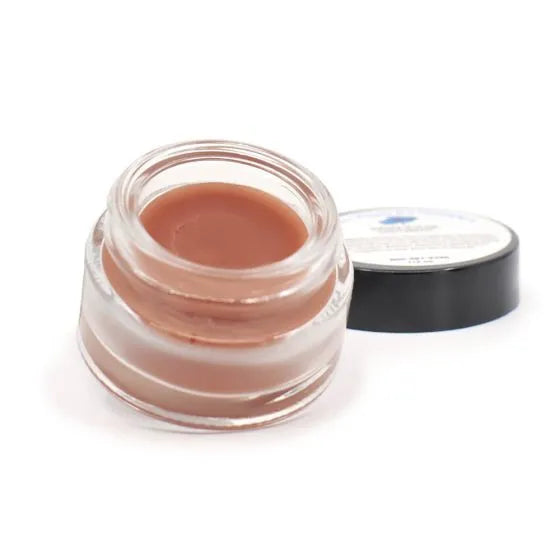Blue Poppy
Blue Poppy NurseEase Ointment
Blue Poppy NurseEase Ointment
Couldn't load pickup availability
Specifically designed for chapped and/or cracked nipples. Acts to clear heat, cool blood, moisten dryness and stop pain. It is slightly modified from a formula found in Wang Jin-quan and Cai Yu-hua’s Nu Bing Wai Zhi Liang Fang Miao Fa (Fine Formulas & Miraculous Methods for the External Treatment of Women’s Diseases), Chinese National Chinese Medicine & Medicinals Press, Beijing, 1993.
Formerly known as Blue Poppy Chapped Nipple Ointment.
Functions of Herbs used in Formula:
*Zi Cao (Radix Arnebiae/ Lithospermi) clears heat from blood aspect and resolves toxins. Particularly effective as a topical medicinal and commonly used in heat-clearing ointments.
*Sheng Di (uncooked Radix Rehmanniae) cools and quickens blood, while Dang Gui (Radix Angelicae Sinensis) nourishes and quickens blood.
*Bai Zhi (Radix Angelicae Dahuricae) disperses swelling and expels pus in the early stages of sores.
*Zhe Bei Mu (Bulbus Fritillariae Thunbergii) clears heat and scatters binding or nodulations. Also used in the early stages of welling abscesses and toxic sores.
*Ru Xiang (Olibanum) and Mo Yao (Myrrha) quicken blood and free the flow of network vessels.
*Bing Pian (Borneolum) acridly resolves depressive heat.
To Use: Apply several times per day directly to affected nipple(s). For best results, treatment should be combined with internally administered Chinese medicinal based on the mother's personal pattern discrimination. Wash nipple(s) with soap before treatment.
Available in 1/4 fl oz jars - Please Note: sizes, names, labels, or packaging may be different than what is shown in the images. The manufacturer is currently undergoing design, name, and size changes.
Ingredients:
Fractionated Coconut Oil, Palm Vegetable Shortening, Beeswax, Zhe Bei Mu (Bulbus Fritillariae thunbergii), Beeswax Bai Zhi (Radix Angelicae Dahuricae), Zi Cao (Radix Arnebiae/ Lithospermi) , Ru Xiang (Olibanum), Dang Gui (Radix Angelicae Sinensis) , Mo Yao (Myrrha), Sheng Di (uncooked Radix Rehmanniae) , Bing Pian (Borneolum).
Share




